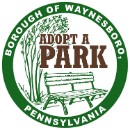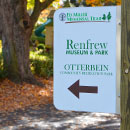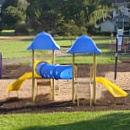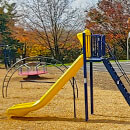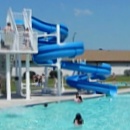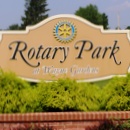Lead Service line identification
There is no level of lead that is considered safe. Lead can enter drinking water from a variety of plumbing materials. The most common sources of lead in drinking water are lead pipes and brass or bronze faucets and fixtures. A service line is the pipe that connects the water main to the plumbing in a home or building. When any part of that pipe is made of lead, it is called a lead service line (LSL).
Lead service lines were installed primarily during the late 1800s through the 1940s. Knowing the locations of lead service lines is challenging for many communities due to poor recordkeeping and long histories of repairs.
Given the public health risks, there is a need to identify lead service lines on both public and private property so that they can be removed.
How do I know if my home has a lead service line or lead plumbing?
You can hire a certified plumber to inspect both your service line and other materials in contact with your drinking water.
You may be able to determine on your own if your service line is made of lead. Service lines typically enter the home in the basement or crawl space. Your service line will enter from the street and go directly into your water meter. If the pipe is lead, it will have a dull finish that shines brightly when scratched with a key or coin. Using a magnet can also help you identify a lead pipe, because even a strong magnet will not cling to a lead pipe.

